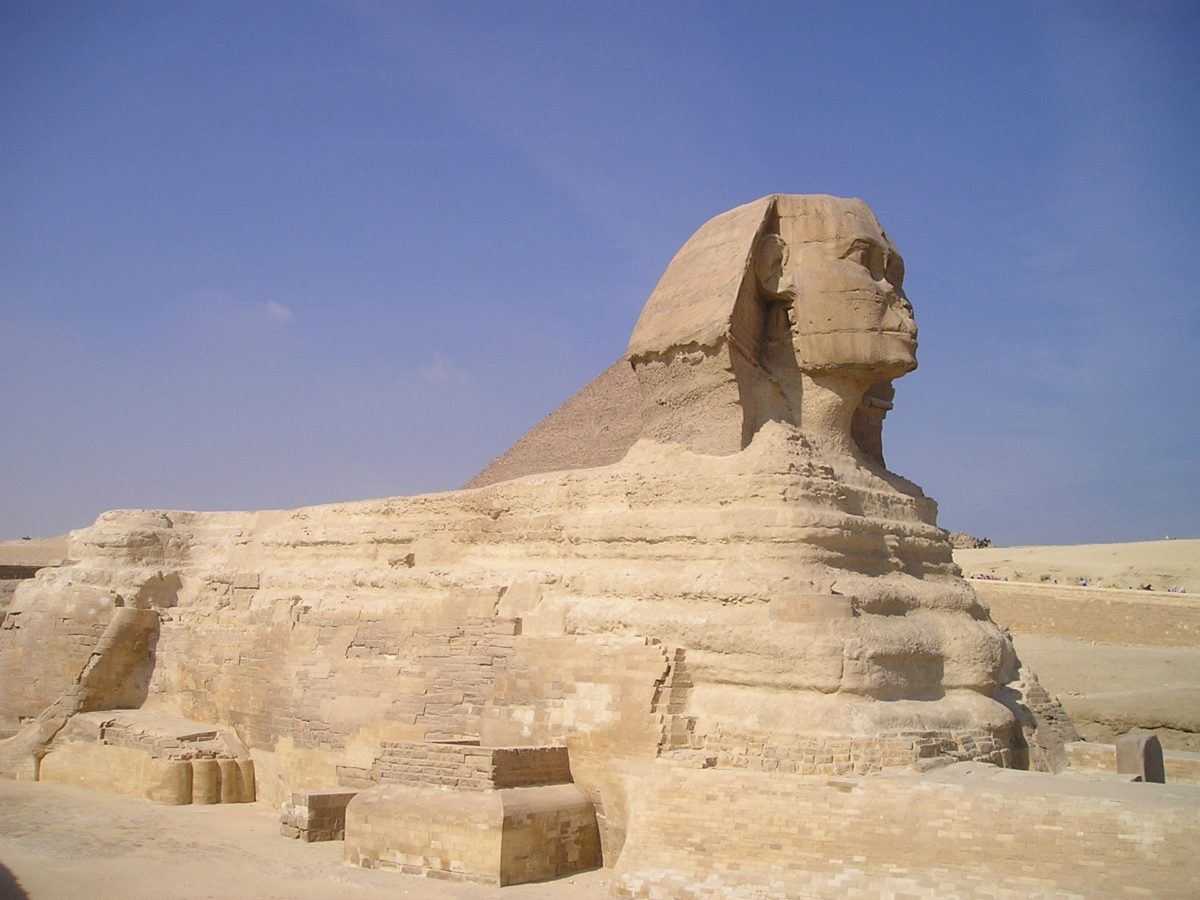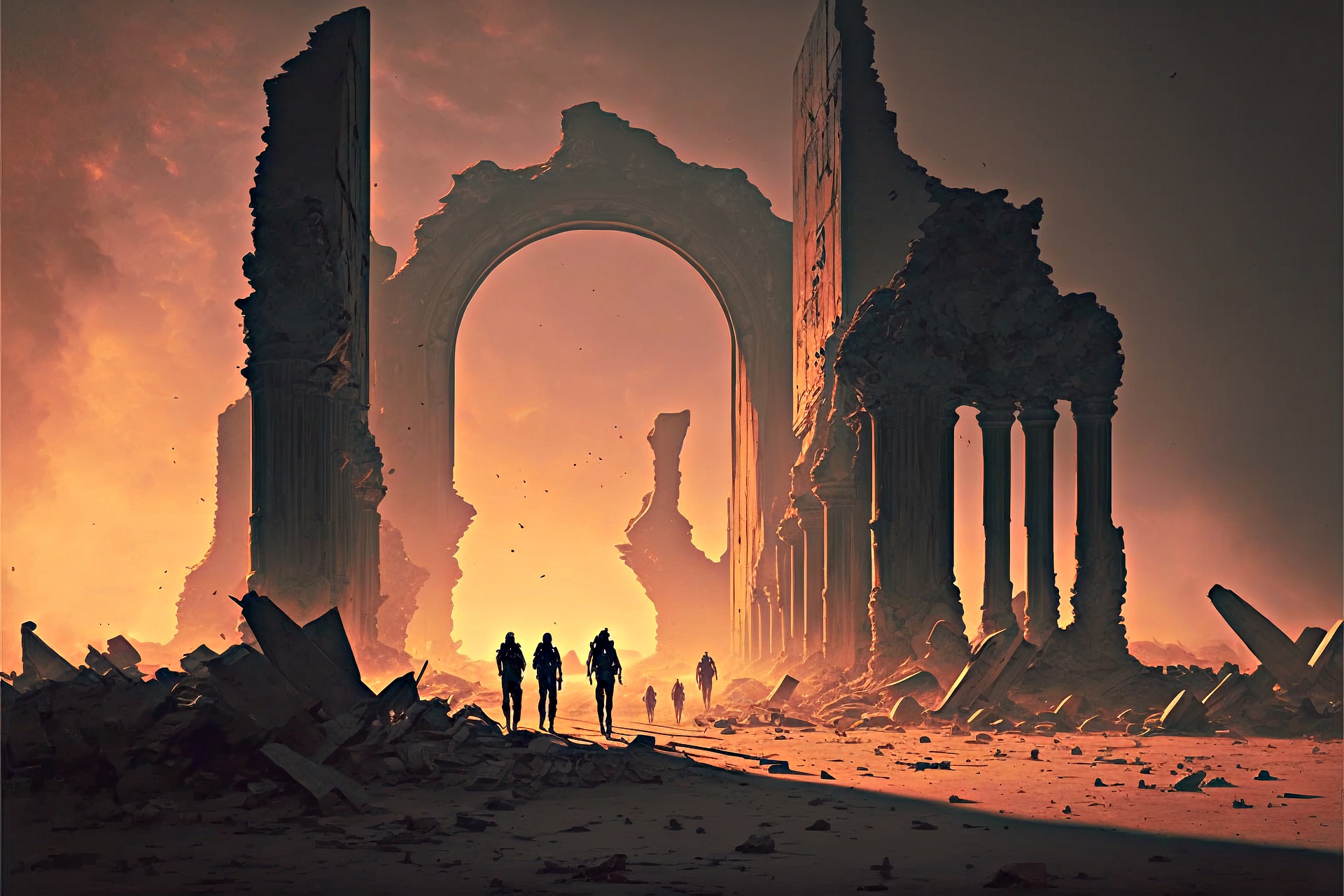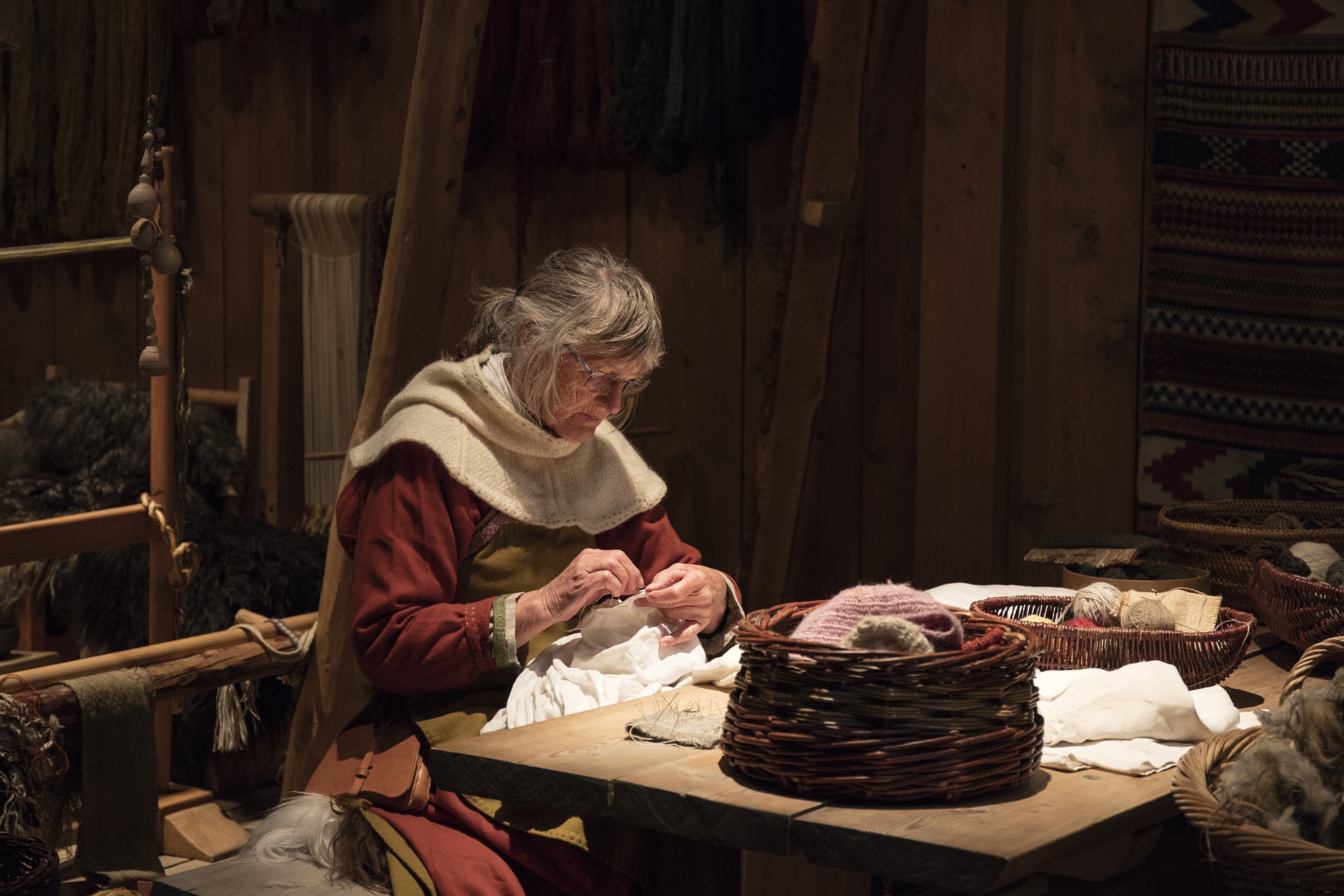The Sphinx, a colossal monument in the form of a mythical creature with the body of a lion and the head of a human, has captivated the human imagination for millennia. Situated on the Giza Plateau near Cairo, Egypt, this enigmatic structure has been the subject of fascination, curiosity, and countless theories. In this article, we embark on a journey to unlock the mysteries surrounding the Sphinx, delving into its historical origins, purpose, and symbolism.
Historical Origins
The origins of the Sphinx trace back to ancient Egypt, where it stands as an enduring symbol of the country’s rich cultural heritage. Scholars believe that the Sphinx was built during the reign of Pharaoh Khafre, who ruled during the Fourth Dynasty of the Old Kingdom (circa 2558–2532 BCE). It is carved out of a single limestone block, making it an impressive feat of craftsmanship.
Egyptians held a deep reverence for lions, associating them with power, protection, and the divine. The lion’s body of the Sphinx represents strength and royalty, while the human head is believed to be a likeness of Pharaoh Khafre himself. The choice to combine these elements in such a monumental sculpture reflects the pharaoh’s divine status and his connection to the gods.
Purpose and Function
The purpose of the Sphinx has long been a subject of speculation. Some theories propose that it served as a guardian, protecting the nearby pyramids and royal necropolis. The Sphinx’s imposing presence and its strategic location at the entrance of the Giza Plateau suggest a role in warding off evil spirits and intruders.
Another theory posits an astronomical significance for the Sphinx. Researchers have noted that the alignment of the Sphinx with the rising sun on the spring equinox may have been intentional. This alignment would mark the beginning of the agricultural season, a pivotal event in ancient Egyptian society. It is also believed that the Sphinx may have been associated with the sun god, Ra, and served as a marker for significant celestial events.
Symbolism and Cultural Significance
The Sphinx’s symbolism extends beyond its physical form. Throughout history, it has been a subject of fascination for artists, writers, and scholars. Its enigmatic expression, a combination of serenity and mystery, has inspired numerous interpretations.
In ancient Egyptian art, the Sphinx often represented the pharaoh’s divine wisdom and authority. Its association with the sun god Ra connected it to the cycle of life and death, symbolizing the eternal nature of the pharaoh’s rule. Moreover, the Sphinx’s presence in Egyptian mythology is linked to the concept of riddles and mysteries, as exemplified by the myth of Oedipus.
The Sphinx’s influence also transcended ancient Egypt. Greek mythology features the Sphinx as a fearsome creature who posed a riddle to travelers. According to the legend, the Sphinx would allow passage to those who could correctly answer her riddle but would devour those who failed. This myth served as a metaphor for the enigmatic nature of life’s challenges and the importance of knowledge and wisdom.
Over time, the Sphinx has become a universal symbol of mystery and hidden knowledge. Its representation in art, literature, and popular culture has continued to captivate and intrigue audiences. From Renaissance paintings to contemporary films, the Sphinx’s presence evokes a sense of wonder and invites contemplation.
Unveiling the Secrets
Despite centuries of study and speculation, many mysteries surrounding the Sphinx remain. Its missing nose and beard, for instance, have sparked endless debates and theories about their original appearance. The erosion patterns on the Sphinx’s body have also raised questions about its age and potential geological influences.
Modern technology and ongoing archaeological research continue to shed light on the Sphinx’s secrets. Recent excavations and digital reconstructions have provided valuable insights into its construction techniques and potential hidden chambers beneath the structure. By combining traditional methods with cutting-edge technology, scientists and historians hope to unravel the remaining mysteries that surround this iconic monument.
Great Sphinx of Giza Statue

Preservation and Future Discoveries
Preservation of the Sphinx has been an ongoing concern due to environmental factors and human activity. Over the centuries, the monument has faced erosion, weathering, and even deliberate acts of vandalism. Efforts to conserve and protect the Sphinx have been undertaken by Egyptian authorities and international organizations.
In recent years, advanced conservation techniques have been employed to mitigate the effects of deterioration. These include cleaning, stabilizing the limestone structure, and implementing measures to control moisture and environmental pollution. The use of state-of-the-art technology, such as 3D scanning and virtual reconstructions, has also aided in the preservation efforts.
As technology continues to advance, there is hope that further discoveries will be made regarding the Sphinx. Ground-penetrating radar and non-invasive imaging techniques may unveil hidden chambers or tunnels beneath the monument, offering new insights into its construction and purpose. These potential discoveries hold the promise of uncovering additional layers of history and shedding light on the Sphinx’s significance in ancient Egyptian society.
The Sphinx and Cultural Tourism
The Sphinx has long been a major tourist attraction, drawing visitors from around the world to marvel at its grandeur and mystery. Its inclusion in the Giza Necropolis, a UNESCO World Heritage site, further enhances its allure. The site encompasses not only the Sphinx but also the Great Pyramids of Giza, making it one of the most iconic and visited locations in Egypt.
Tourism plays a significant role in the preservation and maintenance of the Sphinx. Entrance fees and revenue generated from tourism contribute to the ongoing conservation efforts and ensure the monument’s protection for future generations. Additionally, responsible tourism practices are crucial to safeguarding the site and minimizing its impact on the fragile environment.
Visitors to the Sphinx have the opportunity to immerse themselves in the rich history and culture of ancient Egypt. Guided tours and educational programs provide insights into the monument’s construction, symbolism, and historical context. By engaging with the Sphinx in person, visitors can forge a deeper connection to the past and appreciate its significance within the broader narrative of human civilization.
The Sphinx’s Enduring Legacy
The Sphinx’s legacy extends far beyond its physical presence on the Giza Plateau. Its enigmatic nature and iconic status have made it a symbol that transcends time and borders. From ancient Egyptian art and mythology to its representation in contemporary popular culture, the Sphinx continues to captivate and inspire.
Artists, writers, and filmmakers have drawn inspiration from the Sphinx, incorporating it into their works to evoke a sense of mystery and wonder. Its image has graced countless paintings, sculptures, and literary works, becoming a powerful motif that represents the quest for knowledge and the allure of the unknown.
The Sphinx’s influence can also be seen in architecture, with its distinctive form and symbolism incorporated into buildings and structures around the world. From statues and facades to marketing logos and advertising campaigns, the Sphinx’s image serves as a universal symbol that resonates with people across cultures and generations.
In conclusion, the Sphinx remains an enigmatic and awe-inspiring monument that continues to pique our curiosity. Its historical origins, purpose, and symbolism provide a window into the ancient Egyptian civilization and its profound beliefs and values. As we strive to unlock the remaining mysteries surrounding the Sphinx, we deepen our understanding of the past and gain a greater appreciation for the cultural and historical significance it holds. The Sphinx stands as a testament to the human quest for knowledge and serves as a reminder of the enduring power of ancient civilizations to captivate and inspire us.

History: World Wars
World Wars I and II were pivotal events in human history, forever altering the course of nations and the lives of countless individuals. These

Bessie Coleman: Breaking Barriers and Soaring High
Bessie Coleman was an African-American aviator who made history as the first black woman to hold a pilot’s license. Her remarkable journey in

Ancient History’s Unsolved Mysteries
Ancient history is filled with fascinating tales of civilizations that have long since vanished. While we have made remarkable discoveries and pieced










